Webinar
Gait analysis: better care, better business
Join us for an interactive session where leading veterinarians share how they use objective gait analysis in daily practice—covering real case studies, client engagement strategies, and business growth opportunities. Plus, get the inside tips on Sleip’s latest features and participate in a live Q&A with our expert panel.
Who should attend? Equine veterinarians interested in enhancing patient outcomes and growing their business with objective gait analysis.
Wednesday, March 26, 2025
19:00 - 20:30 CET | 18:00 - 19:30 GMT
via Zoom
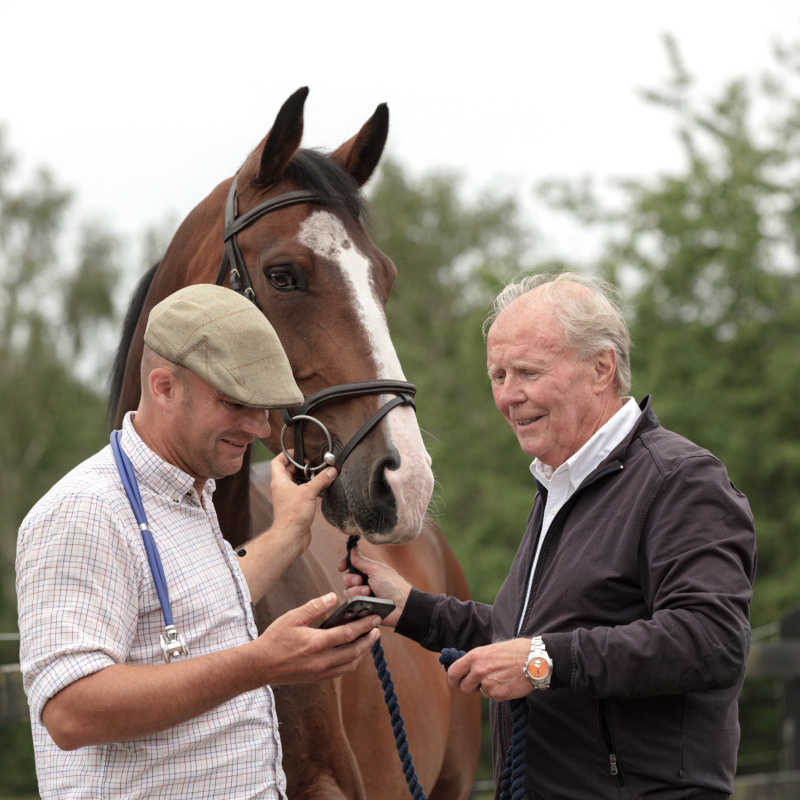
Program
19:00 - 19:05 – Welcome
Elin Hernlund DVM, PhD, Associate Professor at SLU, co-founder and CMO at Sleip
A brief introduction to the session and what you can expect.
19:05 - 19:35 – Learn from the experts: Sharing experiences
- Dr. Marianne Marshall-Gibson, Front Range Equine Performance & Rehabilitation, USA (10 min)
- Dr. Andrea Nissen, Nissens Hästbiomekanik, Denmark (10 min)
- Dr. Anushka von Oppen, Core Equine, Australia (10 min)
Learn from veterinarians who have successfully integrated Sleip into their clinical workflow and service offering. From Europe to the US and Australia, each speaker will share their approach, examples and key learnings.
19:35 - 19:45 – New features: longitudinal monitoring and flexion tests
Filipe Braganca, DVM, PhD, Product Manager at Sleip
A live app walkthrough showcasing new features, including:
- Trends view: How historical data enhances equine patient management
- Flexion test feature: The value of documenting flexion responses
19:45 - 20:30 – Q&A session & expert vet panel
Moderated by Elin Hernlund, this interactive discussion starts with common user questions before opening the floor to participants.
Planned questions:
- How does Sleip quantify lameness severity? (Understanding colour indicators, thresholds, and detecting small improvements)
- Has Sleip become more sensitive with anatomical scaling of asymmetries?
- How does Sleip account for natural/anatomical asymmetries, such as pelvic tilt?
Speakers
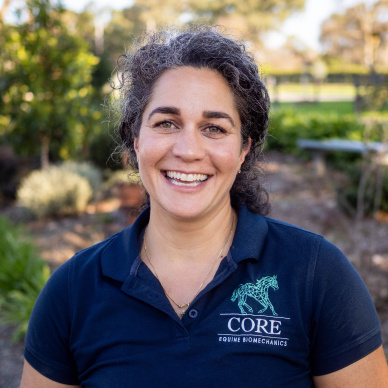
Dr. Anushka von Oppen, BSc, BVMS, MANZCVS (Eq Surg), Cert Vet Chiro (IAVC)
With a strong focus on equine biomechanics and diagnostics, Anushka is passionate about optimising equine performance through proactive management. After graduating from Murdoch University in 2005, she developed a keen interest in lameness, which led her to complete the ISELP modules while working alongside Pr. Jean-Marie Denoix at CIRALE in France. This experience deepened her understanding of biomechanics and ultrasonography, particularly in relation to spinal imaging. Recognising the impact of spinal lesions on performance, she pursued chiropractic training through the IAVC, integrating advanced diagnostics with a holistic approach. Anushka is committed to providing high-quality diagnostics to enhance management strategies and support the long-term performance outcomes for her patients.
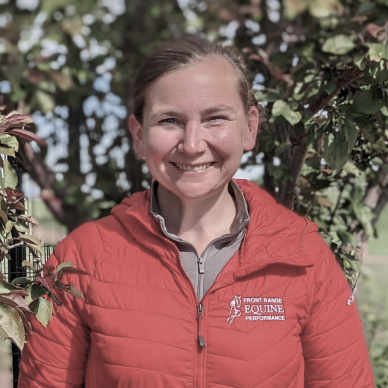
Dr. Marianne Marshall-Gibson, DVM, MS, DACVSMR, cVMA, CAC, CERPM
A board-certified specialist in equine sports medicine and rehabilitation, Marianne is the founder of Front Range Equine Performance & Rehabilitation in Colorado, where she combines advanced diagnostics with hands-on rehabilitation to optimise equine performance. After earning her DVM from Colorado State University, she completed a fellowship in diagnostic imaging and a six-year residency, becoming one of only 178 ACVSMR diplomates worldwide. From caring for horses as a child on her family’s Hunter/JUmper and Dressage facility to working with elite equine athletes today, Marianne’s dedication remains the same, to help every horse move and feel their best.
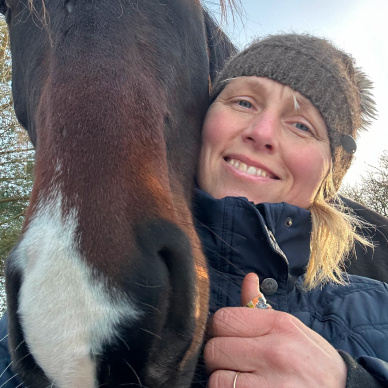
Dr. Andrea Nissen, DVM, PhD, EDO
Based at Ellemosegaard in Kalundborg, Denmark, Andrea is a board-certified veterinarian with a PhD in equine biomechanics, specialising in equine movement, rehabilitation, and performance. Her passion for proprioceptive training led her to develop the PAS® (Proprioceptive Activation System) concept in collaboration with Aktiv Form, Odense. Alongside her research, she pursued further education in osteopathy, earning the title of Equine Diplomat of Osteopathy (EDO®) in 2015. In 2016, she founded Nissens Hestebiomekanik, integrating motion analysis, osteopathic treatment, and PAS-based rehabilitation to optimise equine health and recovery.
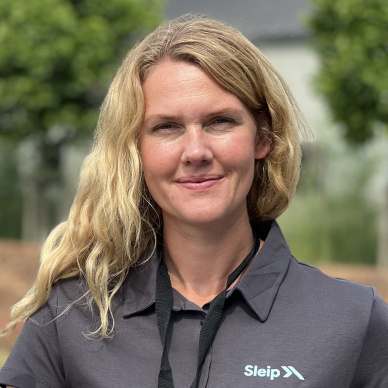
Dr. Elin Hernlund, DVM, PhD, Associate Professor at SLU, co-founder and CMO at Sleip
Since graduating as a vet in 2008, Elin has worked in clinical practice at the teaching hospital and with research. She has published more than 40 research articles and written chapters in several scientific and popular science books about lameness assessment technology, biomechanics of body conformation, and sport surfaces for equestrian sports. In 2016, she published her PhD thesis in equine biomechanics. Since then, she has focused her research on AI methodology in animal motion analysis. Elin's life goal is to contribute to the development of scientifically validated tools that will help horses live longer and healthier lives.

Dr. Filipe Bragança, DVM, PhD and Product Manager at Sleip
Dr. Filipe Bragança is a veterinarian and biomechanics researcher specialising in objective gait analysis and equine locomotion. After graduating from the Veterinary University of Lisbon in 2013, he completed an internship at an equine practice in the UK before pursuing a PhD at Utrecht University. His research focused on developing and clinically implementing motion-capture and IMU-sensor technology for lameness assessment. Previously leading the locomotion research team at Utrecht University, Filipe now applies his expertise as product manager and biomechanics researcher at Sleip.
What is Sleip
A precision tool for veterinary diagnostics at its core, Sleip combines AI with equine biomechanical science in a smartphone app that analyses motion data from video footage to detect even subtle asymmetries in a horse's movement.
Veterinary version of Sleip contains features specific to diagnostic clinical work, the gait monitoring version uses the same core asymmetry measurements, allowing the entire care team to communicate using a common set of data.
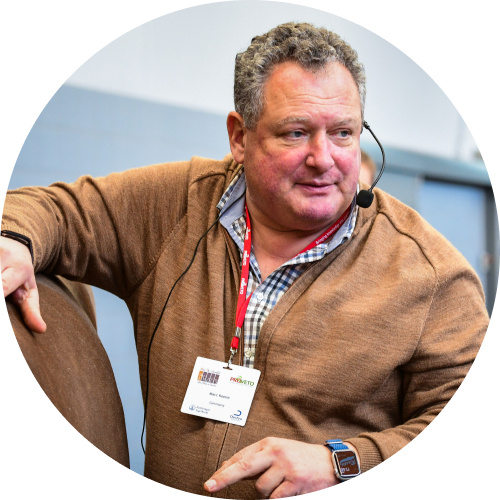
"We have 12 licenses in the clinic, and everyone uses the tool as part of our clinical work. The value-add is very clear to our clients. They see the measurements we take, and we can discuss the result and share documentation."
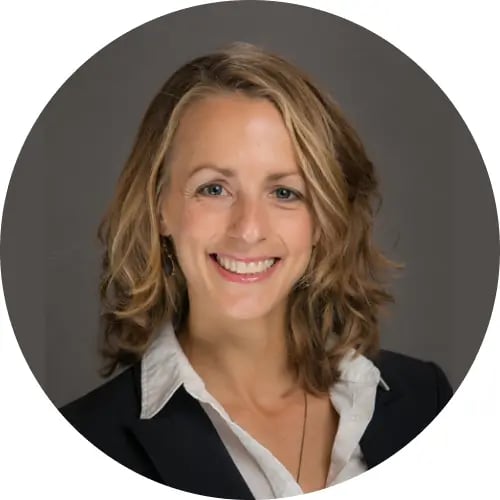
"This is useful for any sport horse in any discipline, as all can be susceptible to a higher risk of injury from training and/or competition."
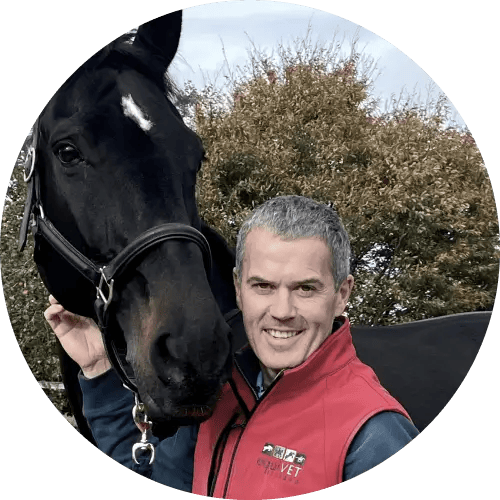
"Those that live in fear of tech replacing vets are missing the point. This is a tool to make you better. Sleip is better at seeing small things than what we are.“
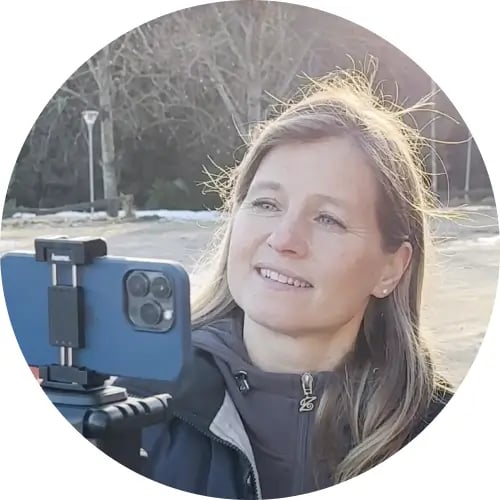
"Sleip is a really good tool for monitoring horses in training, for early detection of lameness, and it's also very useful at the clinic. We use it to help identify the lame limb, and for comparisons before and after diagnostic analgesia for example.."
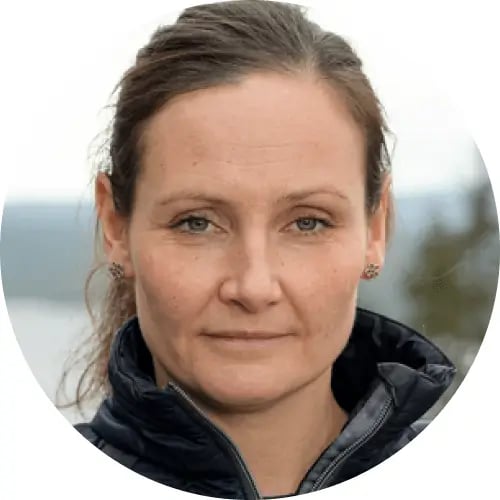
”Sleip is an unparalleled complement to my subjective lameness evaluation. What's more, by having clients send me Sleip recordings, I can monitor progress better, remotely.”
